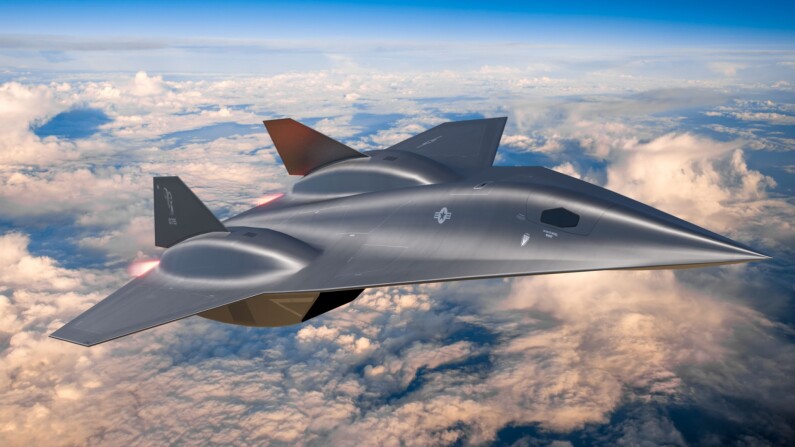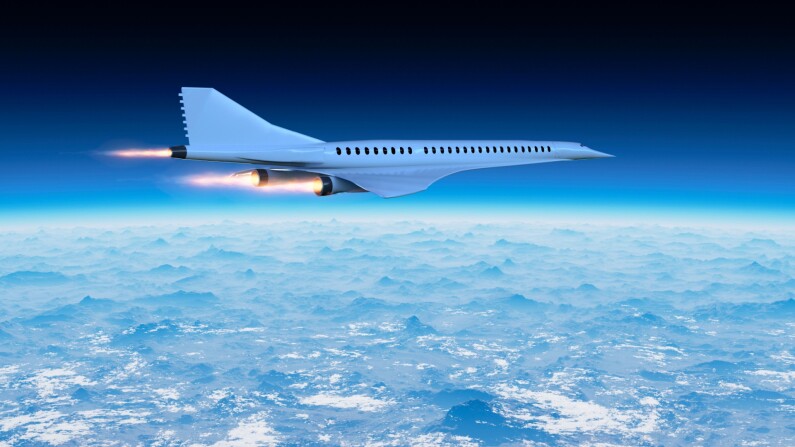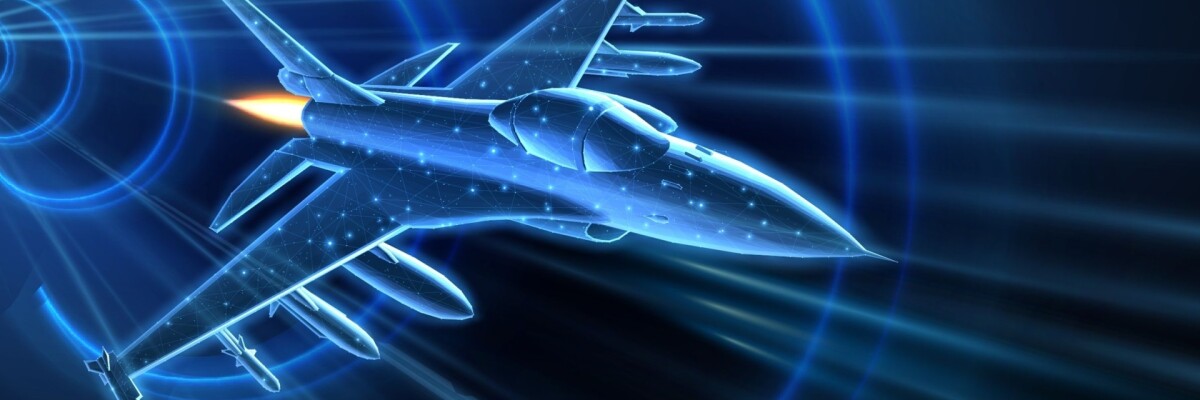Is it possible to fly from Beijing to New York in just two hours? Not yet, but it could soon be within reach!
Hypersonic aircraft, capable of speeds over Mach 5 (more than 6,000 kilometers per hour), are opening up unprecedented opportunities to cut down intercontinental travel times. 2024 has been a revolutionary year in flight testing, and the advancements aren’t just focused on hypersonic weapons and passenger airliners.
What is Hypersonic and How Has Hypersonic Aviation Evolved?

Hypersonic refers to speeds that are five or more times faster than the speed of sound. Measured in Mach, these speeds vary depending on altitude, air temperature, and other factors. For comparison, a plane flying at Mach 1 reaches around 1,235 kilometers per hour, while a hypersonic airliner can fly at 6,000 kilometers per hour or more. This ultra-high-speed could drastically reduce flight times, offering the incredible potential for faster travel.
The concept of hypersonic aircraft dates back to the years after World War II. Before that, speeds above the sound barrier were deemed impossible, as any plane attempting to break it would face extreme aerodynamic resistance, often leading to structural failure. Most advancements focused on military aircraft - bombers, reconnaissance planes, and missiles during and after the war. The first civilian hypersonic aircraft was developed by the Soviet design bureau Tupolev and was called the Tu-144. It took flight in 1968, reaching a speed of 2,500 kilometers per hour at an altitude of 11 km. The aircraft was in service for a short time, with just 16 units produced. In 1977, two of these aircraft were used for the Moscow - Almaty route.
At the same time, Great Britain and France were developing their supersonic airliner, the Concorde, which made its first flight in 1969. The Concorde was designed for intercontinental flights between Europe and the United States, while the Tu-144 was intended strictly for domestic travel within the Soviet Union. Unlike the Tu-144, the Concorde was meant for transoceanic flights.
The Tu-144 made 55 flights during its operational time, carrying 3,284 passengers per year. However, in 1979, production ended due to economic challenges. The high cost of tickets meant that flights weren’t filling up, which in turn raised maintenance and fuel costs. The Concorde remained in service until 2003, with its production ending as fuel prices went up.
Bringing Superfast Jets Back to the Skies

The biggest challenge in creating supersonic aircraft has always been the extreme temperatures and aerodynamic pressures the plane experiences at such high speeds. The sharp increase in aerodynamic resistance could destroy the aircraft mid-flight, a problem that led to numerous failures in earlier attempts to develop supersonic models. However, in the 21st century, this issue has been addressed with new materials, advanced cooling systems, and innovative engines - both jet engines and combined engines.
Another significant challenge that remains is the cost. Developing and operating hypersonic technology is incredibly expensive, so ticket prices are often several times higher than usual, making the planes financially unfeasible. The goal for engineers now is not only to make these planes super-fast but also cost-effective.
In 2024, hypersonic aviation will be in the active testing phase. Countries like the United States, Russia, China, and others have reported significant progress in developing hypersonic aircraft capable of transporting passengers anywhere on Earth in record time. These planes are expected to shorten typical 12-14 hour flights to just 3-4 hours! A notable example of successful development comes from China, where scientists have already tested a prototype of a passenger jet capable of reaching speeds of Mach 6.56 (around 8,100 kilometers per hour). Flying from Beijing to New York during your lunch break could soon become a reality. A key feature of this aircraft is its unique design, with its round fuselage and cape-like wings, allowing it to maintain the spaciousness of wide-body airliners—an aspect previously thought unachievable for hypersonic aircraft.
Technical Challenges of Hypersonic Technologies: What Aircraft Will Have to Overcome

The advantages of hypersonic aviation are clear—speed, new possibilities, and benefits for industries like defense (since all areas are interconnected). However, hypersonic technology comes with its own challenges that scientists are actively working to address. Here are the key external factors that hypersonic aircraft must contend with:
- High Temperature
At speeds over Mach 5, air resistance generates exceptionally high temperatures. This creates thermal stress on the aircraft’s structure, which can compromise the stability of various components.
- Aerodynamic Load
Hypersonic speeds put a much greater aerodynamic load on the aircraft than normal speeds. Air compression creates pressure, temperature differences, and shockwaves, all of which impact the aircraft’s maneuverability and stability.
- Environmental Pollution
Due to their high speed and unique characteristics, hypersonic aircraft consume large amounts of fuel and produce elevated carbon dioxide emissions. However, designers are already working on innovative solutions to reduce emissions and noise pollution, incorporating more environmentally friendly fuels to make these airliners more sustainable.
- High Cost
The development cost of a supersonic aircraft exceeds $5 billion. To recoup these costs, flight prices would need to be set very high, limiting the number of people who could afford to fly. This makes hypersonic travel financially unfeasible for most passengers in the near term.
While significant progress has been made in hypersonic aviation, it will still be some time before these aircraft become common in everyday life. Temperature management, aerodynamic loads, and safety require further research. Nevertheless, the return of ultra-fast commercial aircraft equipped with cutting-edge technology is definitely on the horizon. These advancements could redefine aviation, transportation, and even geopolitical security. So, stay tuned - and keep searching for hotels in Beijing or New York!
Share this with your friends!





Be the first to comment
Please log in to comment